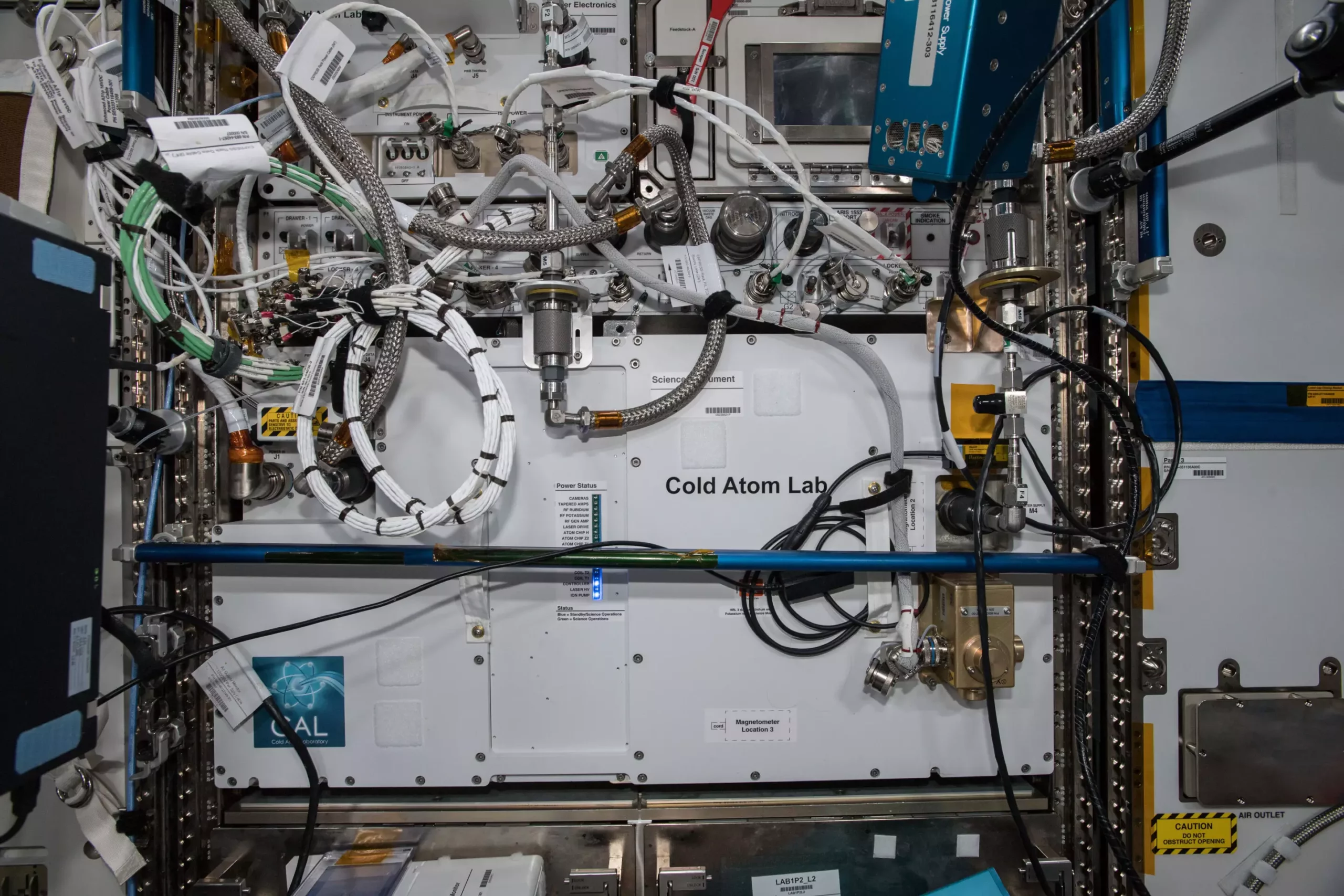NASA’s Cold Atom Lab, situated aboard the International Space Station, has opened new horizons in the field of quantum science in a space environment. The team behind the lab has recently made groundbreaking measurements using ultra-cold atoms to detect vibrations in the space station, demonstrating the immense potential of utilizing quantum tools in space exploration.
The study published in Nature Communications showcases the significant progress made by the Cold Atom Lab team in deploying an atom interferometer to measure gravity, magnetic fields, and other forces in space. This marks a crucial development in the space-based application of atom interferometry, as it allows for longer measurement times and greater sensitivity due to the microgravity environment.
The utilization of space-based sensors equipped with high-precision gravity measurements holds immense promise for a wide range of applications. From determining the composition of celestial bodies in our solar system to unlocking mysteries related to dark matter and energy, the implications of accurate gravity measurements are far-reaching. The Cold Atom Lab’s atom interferometer could provide invaluable insights into these cosmic phenomena.
The Cold Atom Lab, roughly the size of a minifridge, was launched to the space station with the primary objective of advancing quantum science by creating a microgravity environment for studying ultra-cold atoms. By cooling atoms to nearly absolute zero, scientists can observe the transition of quantum properties from microscopic to macroscopic scales, offering a unique perspective on the fundamental nature of matter.
The successful operation of the Cold Atom Lab from Earth demonstrates the feasibility of utilizing fragile quantum equipment in space without direct intervention. Overcoming technical hurdles and achieving significant milestones in space-based quantum science paves the way for future discoveries and innovations that could reshape our understanding of the universe.
With the innovative capabilities of the Cold Atom Lab and its atom interferometer, scientists are poised to make exciting new discoveries and develop quantum technologies that have the potential to impact everyday life. By harnessing the wave-like behavior of atoms in a microgravity environment, researchers are on the brink of unlocking new insights into the mysteries of the universe and propelling us towards a quantum future.
By critically analyzing the advancements and implications of the Cold Atom Lab’s research, it becomes evident that the convergence of quantum science and space exploration holds immense promise for unraveling the secrets of the cosmos and pushing the boundaries of human knowledge. The pioneering work being done aboard the International Space Station is laying the foundation for a new era of quantum technology that could revolutionize the way we perceive and interact with the universe.


Leave a Reply
You must be logged in to post a comment.